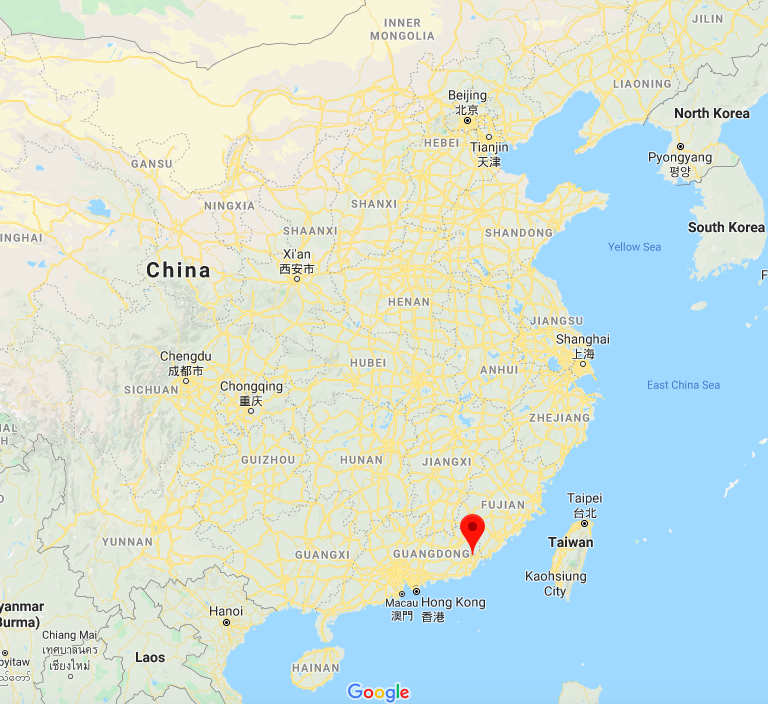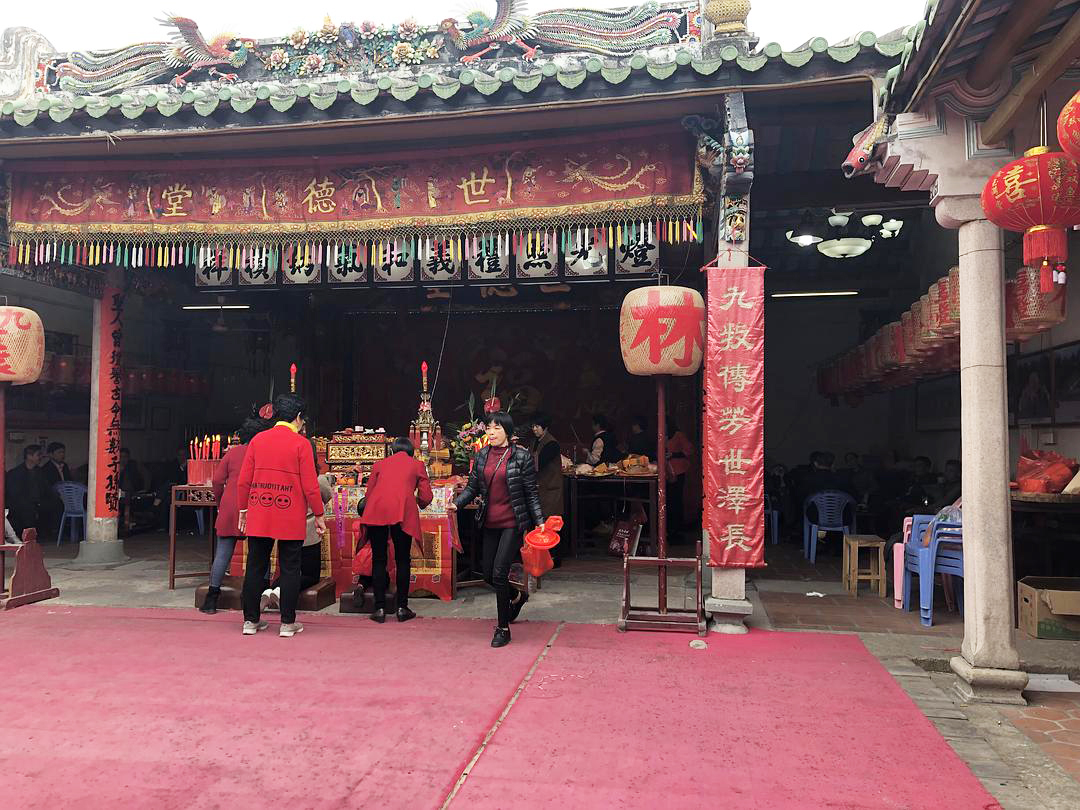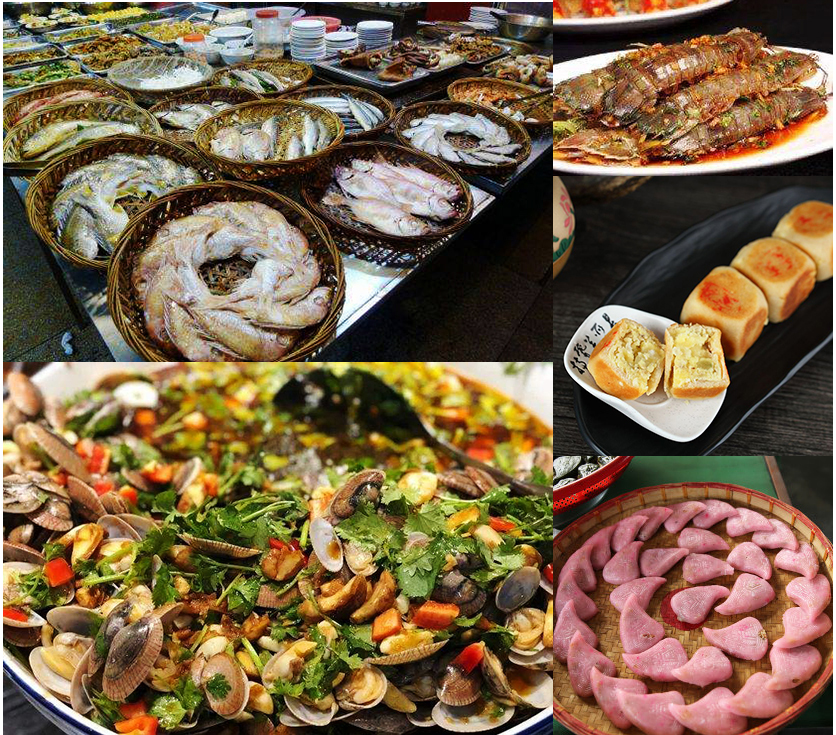
The history of the Teochew people has long been shrouded in mystery and, although there are many theories about their origins, there is still desperately little that is known about where they came from. Known alternatively as the Chaozhou people, they are a sub-group of the Han Chinese ethnic majority that are native to the Chaoshan region, which is largely made up of the cities of Chaozhou, Shantou, and Jieyang in Guangdong province. Nowadays, however, vast contingencies of Teochew people can be found throughout Southeast Asia, including Singapore, Malaysia, Thailand, Cambodia, Vietnam, the Philippines, and Indonesia. There are even some small communities of Teochew living in places as far-flung as the US, Canada, Australia, and France!
Alongside the Hakka and the Cantonese people, the Teochew are estimated to have lived in the Chaoshan region for hundreds of years. According to the most widely believed theory, their ancestors originally lived in modern-day Henan province, but were forced south when the north was repeatedly invaded and captured by nomadic groups during the Jin Dynasty (265-420). Initially they settled in Fujian province, yet unfortunately it seems tragedy was doomed to follow them! They were uprooted again during the 13th century when Kublai Khan and his Mongol army invaded the area, which is when they finally moved to the sparsely populated Chaoshan region. At first, it seemed they were safe in their new home, but fate had more trouble in store for the Teochew!
After the First Opium War (1839-1842), the coastal regions in which the Teochew lived were ravaged by bandits and plagued with famine. Many Teochew people decided to immigrate abroad via one of the four treaty ports established along the southern coast, so that they could enjoy a better quality of life and send money back home to their families. It is these people that served as the ancestors for the Teochew diaspora that we find throughout the world today. In fact, due to this mass migration, the Teochew people are now the second largest ethnic group in Singapore!
Like most sub-groups of the Han ethnic majority, the Teochew people have their own distinct language and culture. In fact, the dialect that they speak is widely considered to be the oldest and most well-preserved of all the Chinese languages. This is largely because the dialect spoken by the Han Chinese living in northern China was influenced by the languages of the Mongolian people, who ruled during the Yuan Dynasty (1271-1368), and the Manchu people, who ruled during the Qing Dynasty (1644-1912). The Teochew people, who were living down south by this point and were thus not as heavily impacted by these changes, were able to preserve a more primitive version of the language. That being said, the Teochew dialect is not a uniform language and there is thus substantial variation between different Teochew communities. In their own dialect, the Teochew people refer to themselves as “gaginan,” which translates to mean “my own people.”

In the Chaoshan region, Teochew culture has been fiercely preserved and ancestor worship in particular plays an important role in daily life. Many elderly members of the Teochew community believe that their departed ancestors are capable of protecting them from danger and misfortune, while simultaneously blessing them with wealth and other boons. Throughout the year, clan elders will lead other descendants through rituals to show reverence to the deceased at ancestral tombs, particularly on special occasions such as the Qingming or “Tomb Sweeping” Festival.
On dates of minor significance, the family will make modest offerings to their ancestors, including bowls of steamed rice, cups of tea, incense, and baskets of fruit. On the more important occasions, however, lavish offerings such as whole roasted pigs and goats are paraded through the streets before being placed on the ancestral shrine. During these grand rituals, firecrackers will be lit, a band of drums and wind instruments will be playing as loudly as possible, and the family may even hire a professional emcee to announce the festivities.
Alongside ancestor worship, the Teochew people are well-known for their style of opera, music, tea culture, and woodcarving. Teochew Opera, also known as Chaozhou Opera, has a history that stretches back over 500 years ago and was heavily influenced by Nanxi Opera, which is one of the oldest styles in China and dates all the way back to the Song Dynasty (960-1279). This style of opera is well-known for its fan dances and acrobatics, which add a touch of vivacity to each performance.
Traditional Teochew music often serves as the accompaniment for these performances and is based predominantly on plucked or bowed string instruments and wind instruments. Each ensemble typically utilises three different types of two-stringed bowed lutes known as the rihin, tihu, and yehu, along with a plethora of other traditional instruments, such as the pipa (a four-stringed plucked lute), the erhu (a two-stringed bowed fiddle), and the guzheng (a 21-stringed zither). In order to keep the music as even as possible, it is common to only have one of each instrument within an ensemble.
The best place to hear traditional Teochew music, however, is arguably in one of the many teahouses scattered throughout the Chaoshan region. It is widely believed that a traditional style of tea ceremony known as Gongfu Tea originated from Chaoshan and it has become an integral part of tea culture for the Teochew people. This ritual method can theoretically be used to prepare any type of tea, but the Teochew people have a preference for a type of oolong tea known as Tieguanyin or “Iron Buddha.” It is conventional for Teochew people to enjoy a cup of tea before and after every meal, and no Teochew home would be complete without a traditional tea-set.

Drinking bittersweet tea such as Tieguanyin after a meal is also believed by the Teochew people to be a palate cleanser, as several signature dishes in Teochew cuisine utilise pork lard. That being said, Teochew cuisine, more commonly known as Chaoshan cuisine, is renowned for its freshness and quality of ingredients. They rarely use oil or stir-frying techniques, and instead prefer to braise or steam ingredients in order to enhance their natural flavour. Since Chaoshan is a coastal region, it should come as no surprise that seafood is an integral part of Chaoshan cuisine. In particular, the oyster omelette is a beloved snack that can be found at any night market in Chaoshan.
The attention to detail and quality in their cuisine is matched only by their woodcarving, which is breathtakingly intricate and is often incorporated into traditional Teochew buildings. This style of woodcarving dates all the way back to the Tang Dynasty (618-907) and typically features tableaus from ancient daily life, such as imperial scholars musing under trees or wealthy families enjoying an evening of festivities.
Get more stories about Teochew people on our travel: Explore the Ancient Fortresses of Southeast China